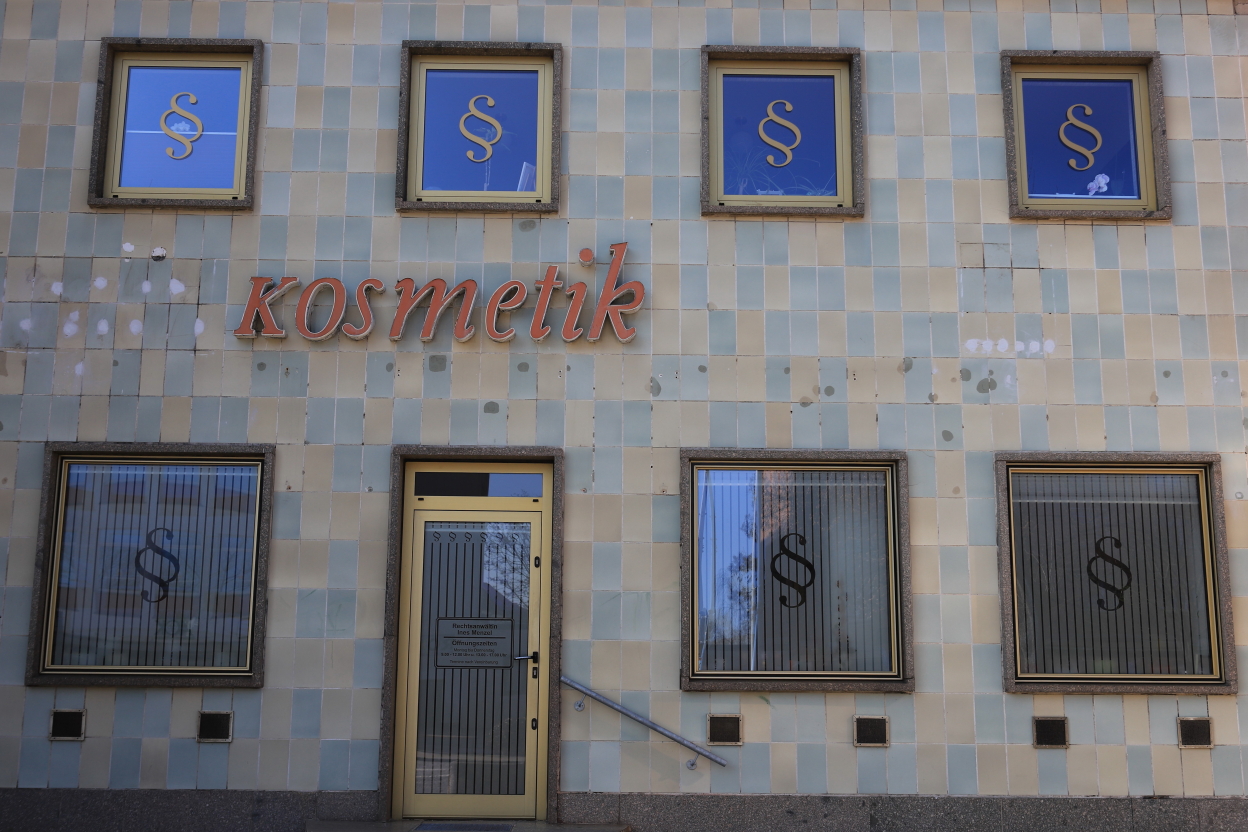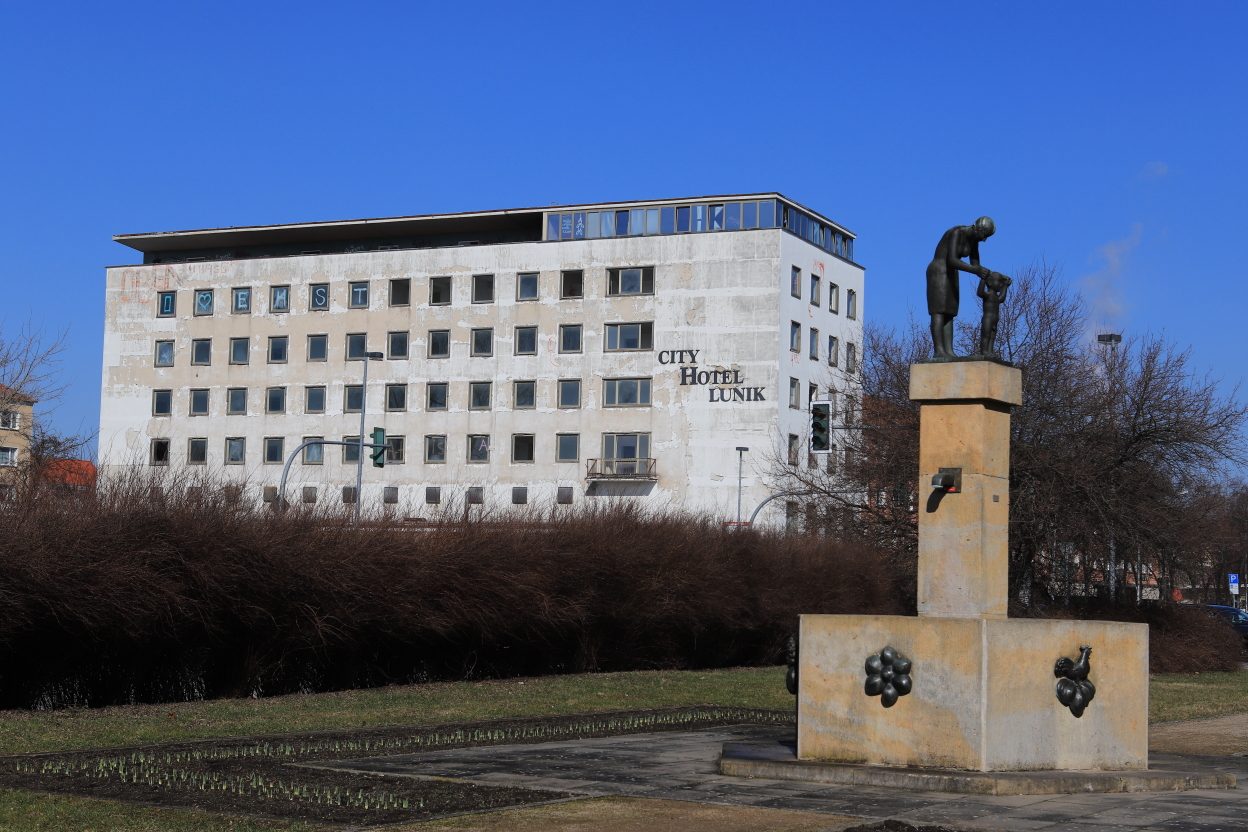More than thirty years after the reunification, a large part of the architectural heritage of the GDR has disappeared, has been destroyed or completely rebuilt … Of course, you can still see many buildings sometimes even whole districts, but the visit I propose today is quite exceptional. Einsenhüttenstadt is a pure construction of the German socialist state.
Founded in 1950, the city, originally Stalinestadt (Stalin’s city), is built around a very large steel mill. The city is thought of as a model of socialist development and this is what makes it interesting seventy years later.





In 1961, with the de-Stalinization movement, the town changed its name to Einsenhüttenstadt.
The town would house up to 50,000 people with a peak in the 1980s and very early 1990s. More than 20,000 people worked in the surrounding industrial complex, factories that could be seen from the town centre.
Big, wide, straight avenues and on either side, buildings that look like modern palaces … the city centre, with its early construction from the 1950s, looks very much like the architecture found at Karl Marx Allee in Berlin.






Today, the city centre is a mixture of renovated buildings, such as the municipal theatre, and buildings and abandoned shops from the 60s and 70s that could do with some renovation.









This grandiose architecture was not to withstand the economic difficulties and the following decades would see a simpler style, quicker and less expensive to build (the Plattenbau).




As in Berlin, large mosaics and scultures are here to praise life in the GDR.



After reunification, the privatisation of the steelworks was accompanied by the loss of a large number of jobs and a sharp fall in the population. This decline can be seen in the buildings and neighbourhoods, including entire blocks of abandoned buildings, schools, etc., but also in its large avenues, which are now very empty.






There are about twenty thousand inhabitants left today.
The city is located in Brandenburg, close to the Oder River which has marked the border with Poland since the end of World War II.
Located just over an hour’s drive from Berlin, this large, sparsely populated city is an interesting testimony to the urban architecture of the GDR.
Where to find it:https://goo.gl/maps/wcpbgxcKr2Vkzhzq8
I would like to take this opportunity to encourage you to visit my site, I have just redesigned it to make it more simple. Find my different posts and don’t hesitate to leave me comments. https://wherever-it-is.com/blog-eng/
